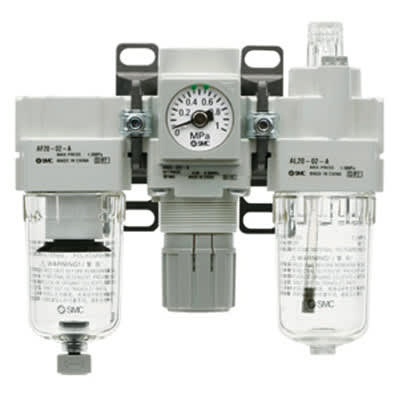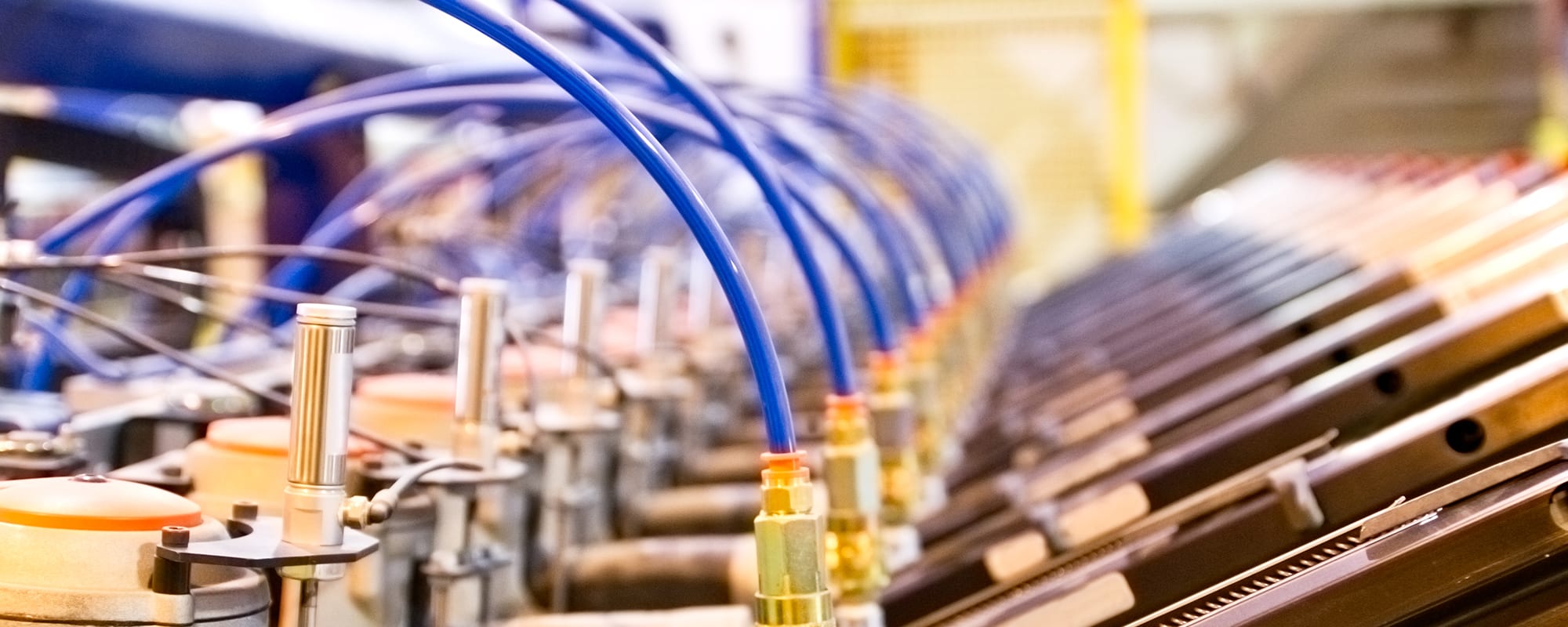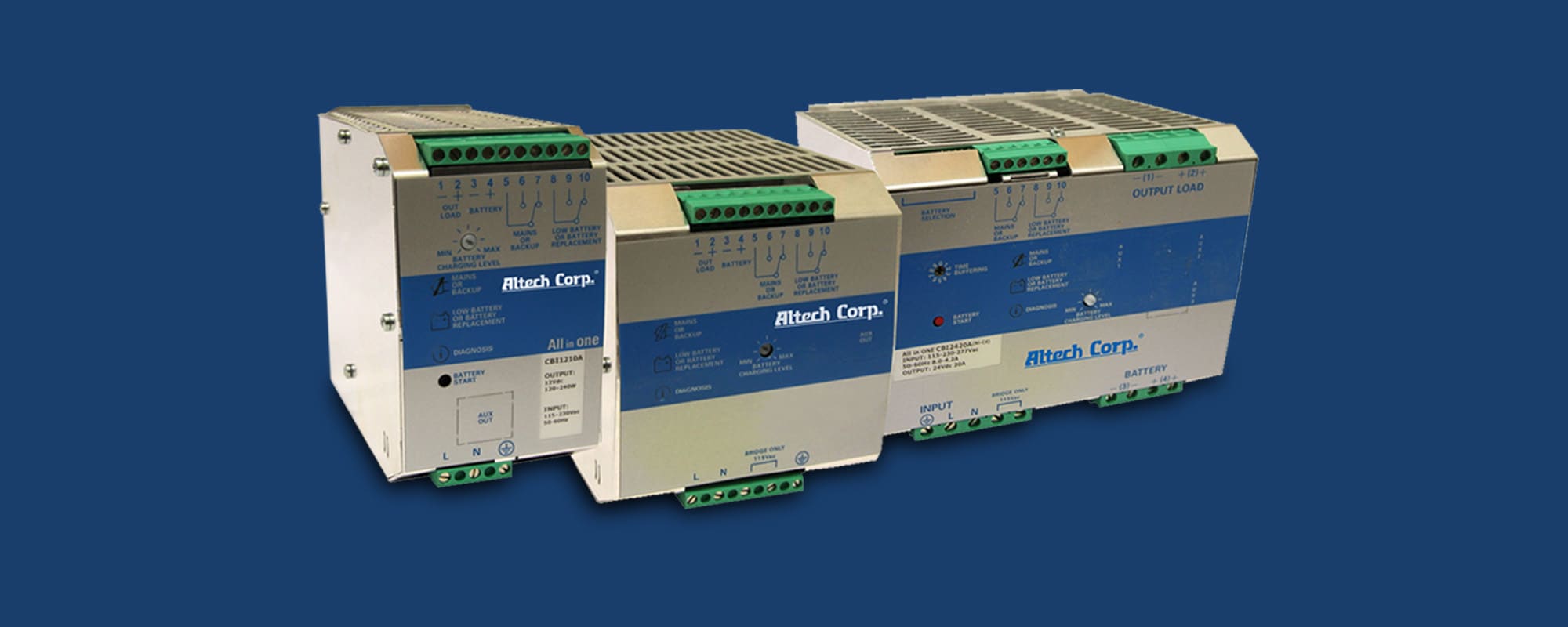RS’s “Ask The Expert” series taps into the experience and expertise of key thought leaders and subject matter experts from the more than 500 global suppliers we work with to bring customers the right solutions for their most challenging problems (and the daily ones, too).

Steve Horvath
Field Application Engineer
RS

Danee Lackey
Product Portfolio Manager
RS
In this edition, we talk with two experts from RS—Steve Horvath, field application engineer, and Danee Lackey, product portfolio manager. They explain the most overlooked, but critical components, in pneumatics systems and important points to consider when selecting these pneumatics components.
Overlooked but Critical Components of a Pneumatics System
Fittings and tubing are the most overlooked parts when designing and selecting components for a pneumatics system. A pneumatic system is not cheap to run—the air compressor uses a lot of energy and leaks compound the problem, making the system less energy efficient. The most common place leaks occur is around hose connections, from fittings that are worn, not sized right, not tightened enough, or are not the right material for the job. These leaks can significantly increase operational cost per hour. Depending on the size and setup of the factory, correcting or preventing leaks can save hundreds of thousands of dollars. In fact, preventing, finding and correcting air leaks is so crucial to an efficient and sustainable operation that companies offer leakage services, where they come in with infrared cameras to find suspect areas and recommend fixes. We will focus on preventing leaks here, by concentrating on the critical aspects of these overlooked pneumatics components.
Tips for Choosing Pneumatics Components
RS currently has over 8,000 pneumatic SKUs in stock—including products from major brands such as SMC, Festo, Norgren, Metal Work Pneumatic and Aventics. Below are some tips on how buyers can narrow down their choices and select the component that is best for their needs.
Tips for choosing fittings
The first thing to consider for pneumatic fittings is what orientation you need to suit the different points of your design—right angle, 45-degree or multi-point fittings (ex. 3-way or 4-way). You will also need to know the size and whether the measurement is inch or metric. On RS’s site, you will find cross-thread fittings, which can fit into metric or inch threads. They also have fittings with a metric thread combined with an inch tube connection. The first thing to consider for pneumatic fittings is what orientation you need to suit the different points of your design—right angle, 45-degree or multi-point fittings (ex. 3-way or 4-way). You will also need to know the size and whether the measurement is inch or metric. On RS’s site, you will find cross-thread fittings, which can fit into metric or inch threads. They also have fittings with a metric thread combined with an inch tube connection.

Plastic Pneumatic Elbow Fitting
Next, consider what material will be best to withstand the operating environment—stainless steel, nickel-plated brass or plastic. The choice depends on what your needs are. Stainless steel fittings are corrosion resistant for applications in direct contact with chemicals or acid that might eat away at brass or plastic fittings. You want stainless steel in a wash-down area at a food processing plant or a wastewater treatment plant. Nickel-plated brass are good for a general-purpose application where there is direct contact of force on the fitting itself. That material holds up to the force, so you will not have to replace it as often. Plastic fittings are good for general-purpose, less expensive, and lighter weight applications.
Tips for selecting tubing
For tubing, you need to know the diameter size, length and flow rate needed. In addition, pay attention to whether it is sized using metrics or inches. Then consider the application and how flexible the tubing needs to be. You don’t want to select the wrong tubing, because it can move apart from fittings and lose air or break when it’s not meant for that application.
To give a few examples:
- If you have a short, point-to-point distance, especially where high pressures are used, you may want to go with nylon tubing for its strength and durability.
- Polyurethane tubing is a safe choice for most general applications. If you have a pick-and-place application where you are moving pieces up and down and around, the tubing you choose must be made from a flexible material to withstand the motion and different angles resulting from that movement. It is inexpensive, like nylon, but has more flexibility for motion and tight routing and is resistant to abrasions and kinks. Polypropylene is well-suited for food manufacturing due to its resistance to chemicals and can withstand UV radiation as well.
- Polyvinyl chloride (PVC) tubing is ideal for many medical applications because of its flexibility, light weight, resistance to fluids and chemicals, and ability to withstand repeated sterilization. It also comes in a clear option for applications where seeing the flow is important or required.
Don’t forget about air prep components

Air Prep Unit (combination filter, regulator, lubricator)
One other thing people often overlook in the pneumatics system is the importance and maintenance of air preparation products such as the filters, regulators, and lubricators that help keep a pneumatics system running. Having clean air is essential for pneumatics operation and efficiency. The internals of pneumatics are very tiny, and if you get any speck of dirt, dust or sand in the valve or cylinder, it could lock up the valving or destroy the seals.
The air prep products are located between the application and the compressor or air supply and are essential to giving you the pressure needed for the application and keeping the system as clean as possible. . Filters are the first line of defense, taking in the air supply to reduce or eliminate moisture and contamination in the compressed air that flows through the machine.
Regulators then control the pressure of the clean, dry air as it moves downstream. Many pneumatic valves and cylinders are pre-lubed to help prevent leaks, but you still may need lubricants for high-speed pneumatic tools and other applications.
We have heard stories of people using general filters rather than filters specifically for the application, and we do not recommend this. If your machine must do synchronized movements, it must have the cleanest air possible. Normally 5 micron or 40 micron filters would do the job for a general application, but for very precise or synchronized movements (e.g., robotics, cobots), you may need a .1 or .01 micron filter. If one piece of dirt gets through to the valve, you won’t get enough pressure back to the cylinder, and that can throw off the accuracy and speed of positioning putting everything off-sync. Regular maintenance of the filter is crucial for ensuring optimal operation.
How to find these products on RS’s website
On RS’s website, you can do a basic search by keyword or product type and keyword. If you know what brand you want, you can search by manufacturer. You can also use the drop-down product selector, which we recommend, and go through different levels under each product type. The resulting product landing page then gives you more filters to narrow your search. You can narrow down the search by what size opening you need or, if it’s a valve, what size port you need. Doing this can drop you down from, say, 1,000 choices to 50 or fewer products to choose from. When seeking tubing, you will still have to know what type of material will be best for your application. Many products do have data sheets attached, which may tell you the different attributes for the products in that series to help determine if it’s right for your application.







